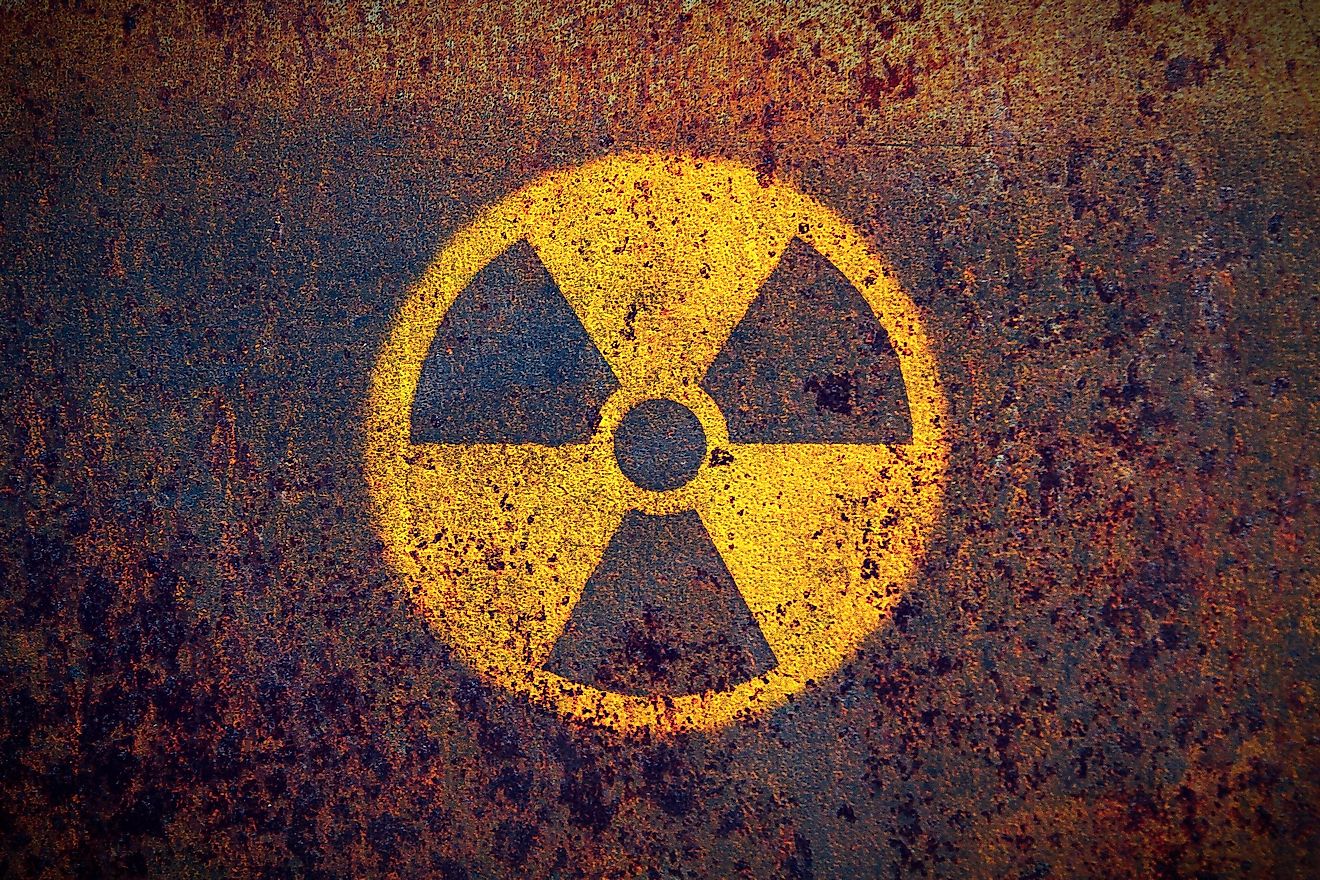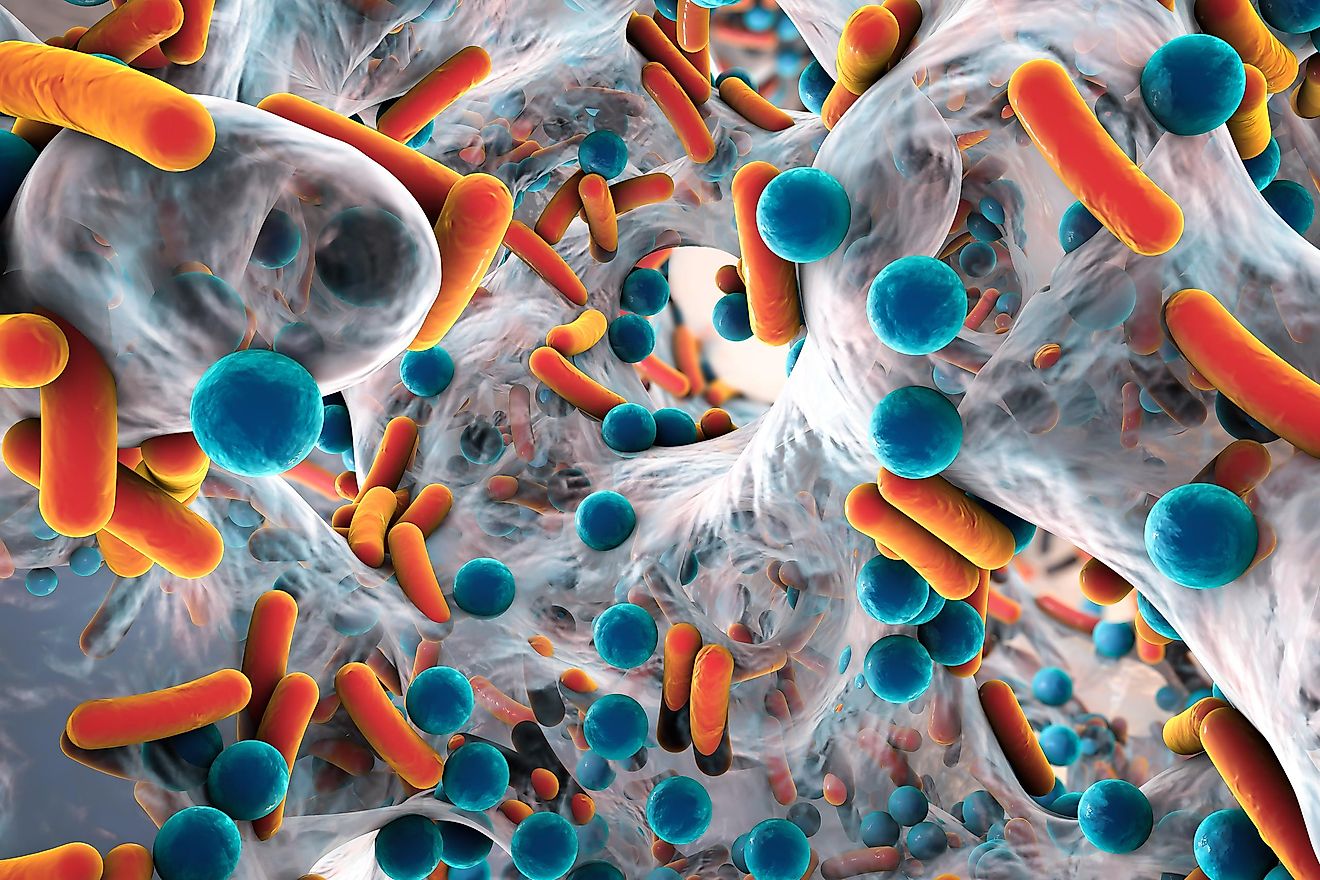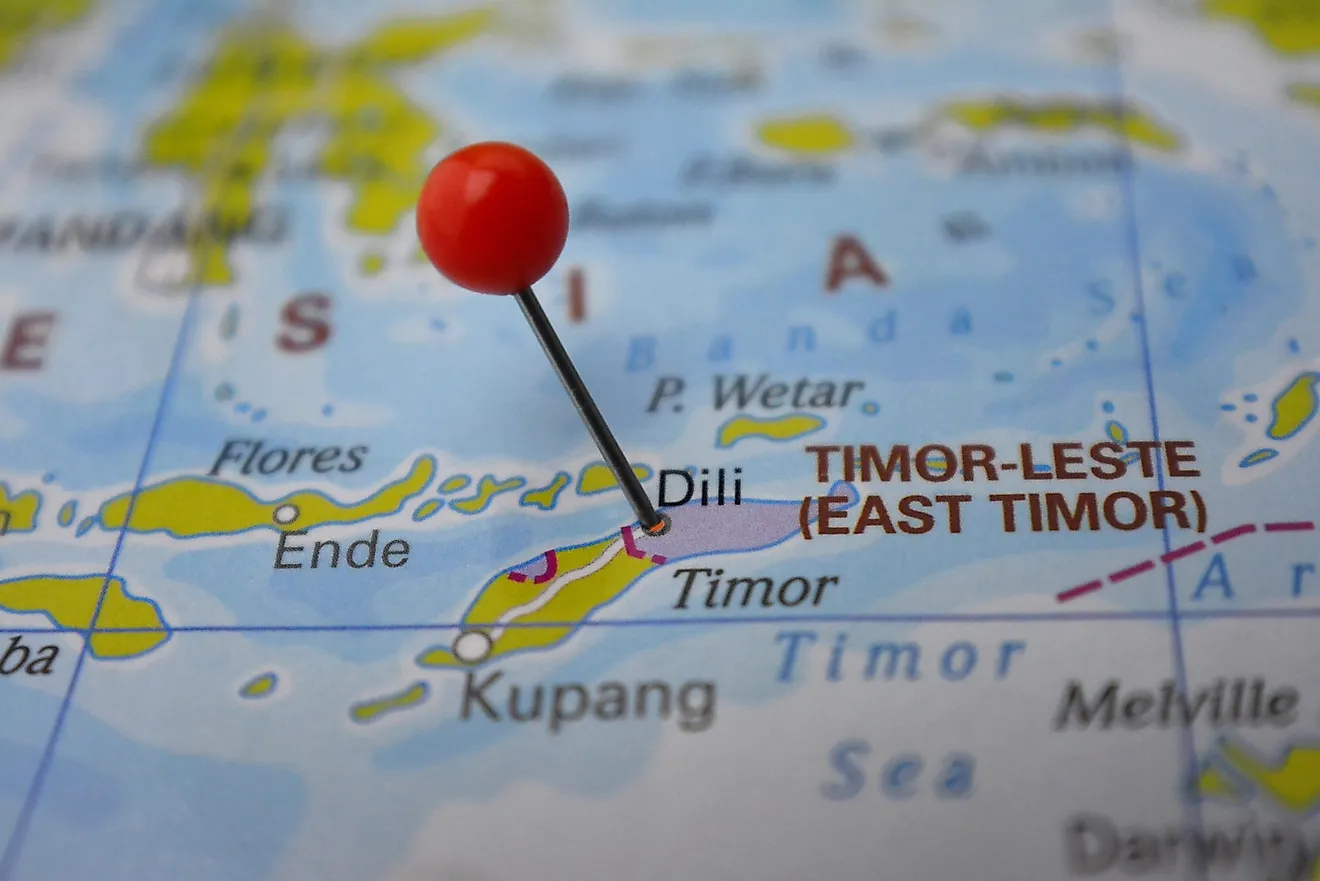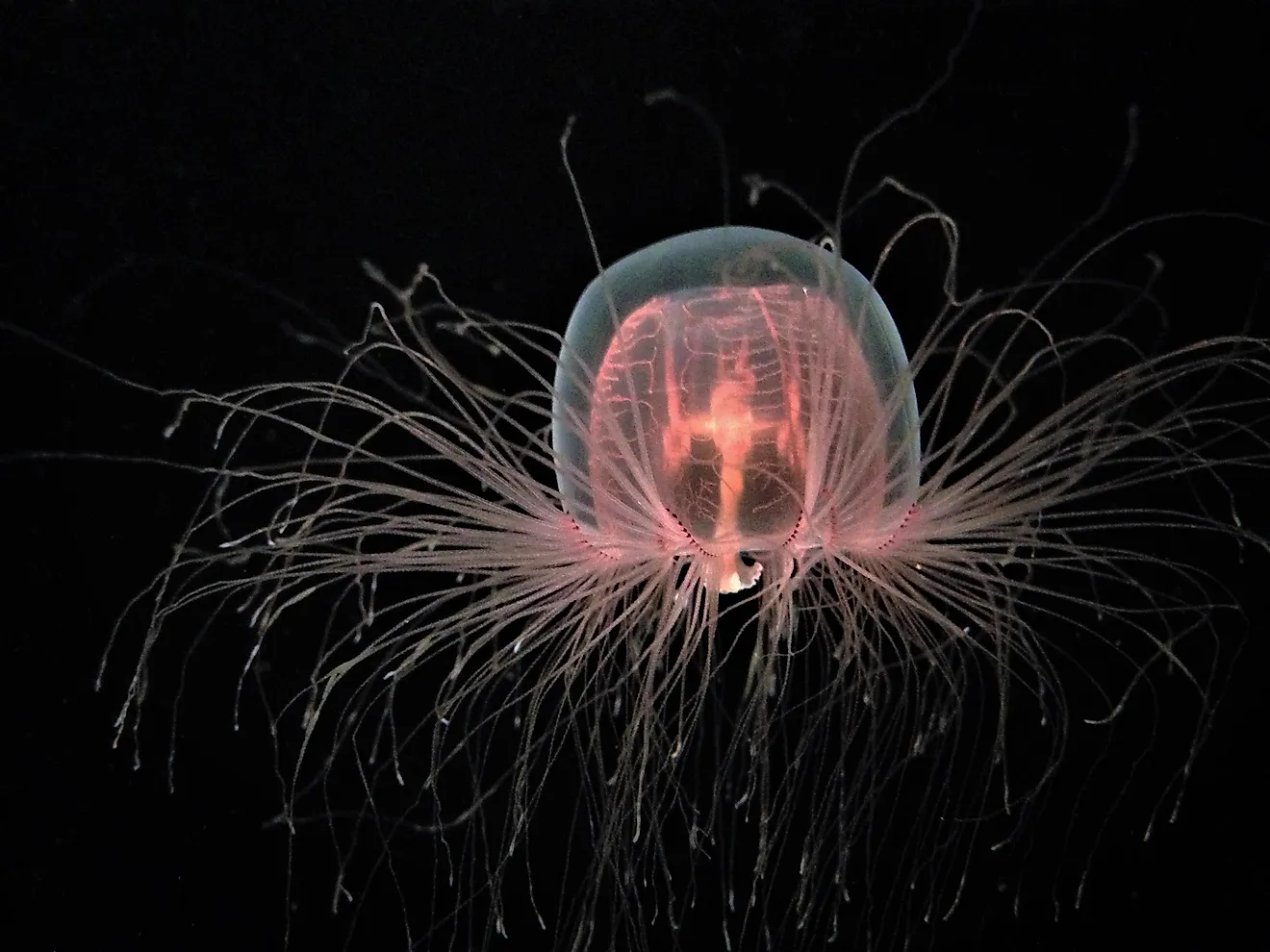What Is A Daughter In Physics?

In physics, a daughter is a name used for decay products, leftovers from radioactive decay. It is an isotope that is formed by the collapse of a different isotope, through several successive steps. Other names used for it are daughter product, daughter nuclide or daughter isotope. We can precisely describe it as the nuclide that remained after radioactive decay took place.
In simpler terms, the daughter is the nucleus that remained after the parent nucleus disintegrated. Products that remain after decay like the daughter are extremely important because they help us understand radioactive decay itself. They also prove as a source of information about the best ways to handle radioactive waste.
“Radioactive Cascade”
Radioactive decay is a process that is carried out through a series of steps. Those steps are often referred to as the decay chain. The decay chain is best described as transformations happening one after the other in which different products of radioactive decays start to go through decays themselves. Some scientists like to call it the “radioactive cascade.” The daughter is the final product of those processes, the stable isotope created at the end of the chain.
During the decay chain, the products that form from the parent can be as radioactive as the parent itself, but they are much smaller. That can make them even more dangerous than the parent in some instances. For instance, pure uranium is not very dangerous, but once it starts decaying, the radioactivity can reach worrisome levels. One other harmless element that gets progressively more harmful with decay is thorium. The gas mantles in which it is being held becomes more radioactive as more and more daughters continue to build up.
Types Of Decay
The final decay products that form after a decay chain are easily predicted. That’s the case with any radioactive substance. What is harder to predict is whether an atom in a substance will decay and when it will happen. Since they are easy to predict, the final products, or daughters, are crucial for research in many fields. One important example is the usage of daughters to examine the levels of pollution in nuclear facilities.
Several types of decay follow the pattern of starting with the parent nucleus and ending with the daughter. The most common examples are the alpha, beta, and gamma decay, named after the particles being emitted during the decay. In the alpha decay, the atomic number of the daughter ends up being smaller than the parents’. The mass is also smaller.
During the beta decay, a nucleus will lose an electron, which makes it so that the mass of the daughter stays the same, but it will form a completely different element. Finally, the gamma decay ends with a daughter that has the same number of protons and mass as the parent, but a different energy state. Atoms with the same mass and proton number, but divergent energy states are called isomers.











